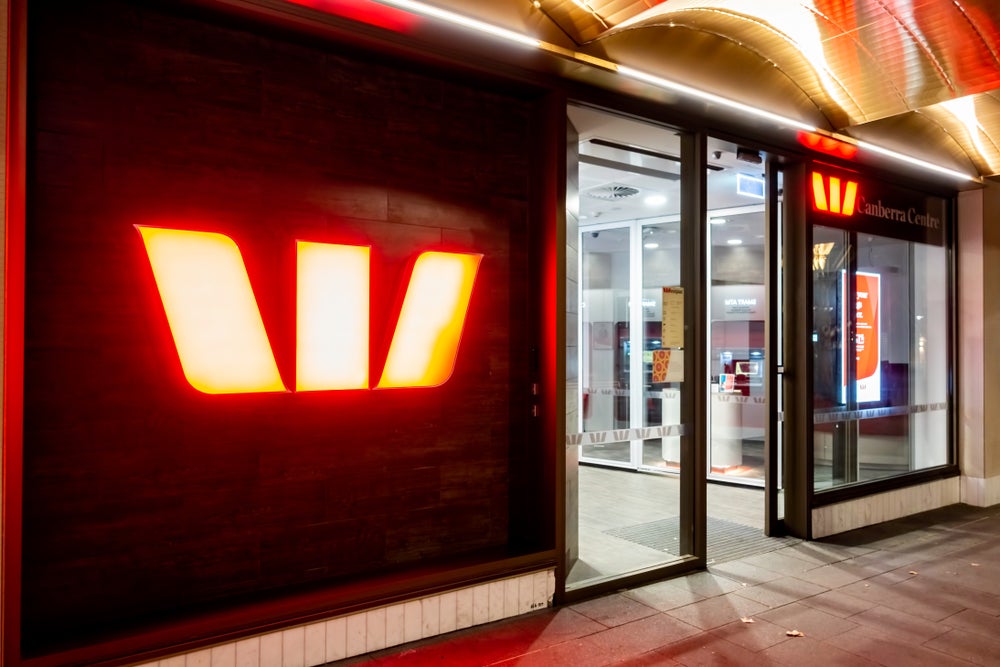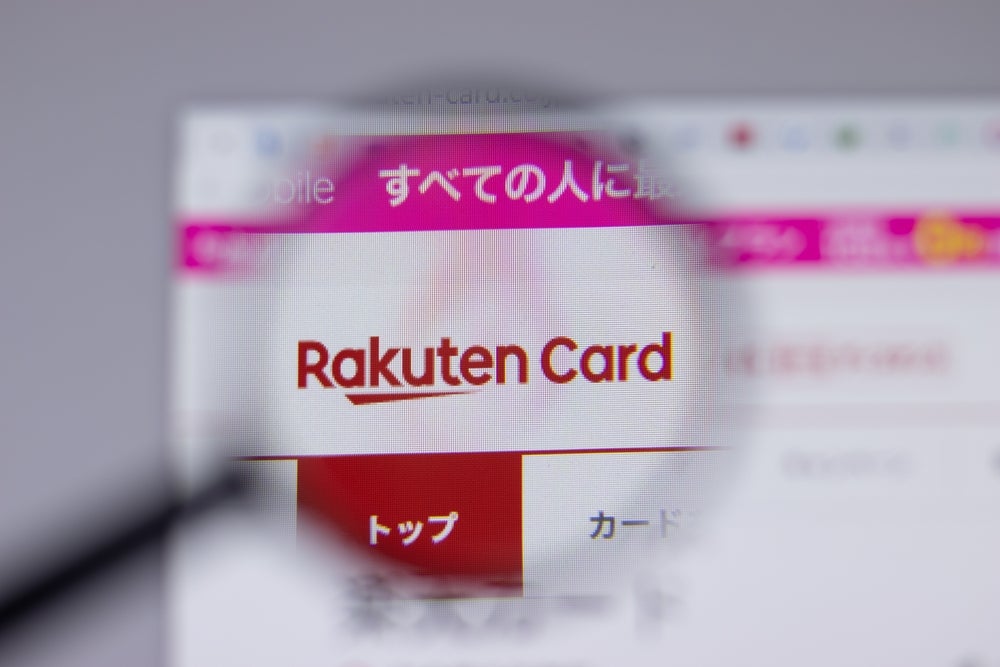indebtedness is well-documented, and although issuers have
benefited from increased credit card spending over the past few
years, industry consolidation means new growth strategies are
needed. Titien Ahmad reports.
five-year high in the last quarter of 2007, raising concerns of yet
another credit crunch to hit the country after it barely recovered
from 2002’s crisis. Although some market observers are optimistic
on the growth, linking increased spending to improved consumer
sentiment, data from the Bank of Korea indicates that Koreans are
becoming more pessimistic over their living conditions.
that the consumer sentiment index – a gauge of consumers’ overall
sense of their economic outlook, living conditions and future
spending – declined to 106 in the fourth quarter from 112 in the
previous quarter.
another consumer debt crisis, the South Korean government has
already unveiled plans for a debt bailout of individuals and
businessmen who are in financial trouble. The government will help
around 290,000 credit delinquents to pay back their debts by
allowing them to retrieve their deposits in the national pension
fund ahead of schedule. There were 1.42 million credit delinquents
at the end of 2007.
but this is not the first time the government has had to step in to
rescue credit delinquents. However, this time, the national pension
is involved. In 2004, about one million credit delinquents were
bailed out after the credit crisis, but credit problems have since
grown again. Other initiatives in the bailout programme this year
include low-interest loans to indebted farmers and higher insurance
coverage for part-time workers.
familiarity with credit, and it’s easy to see why the government is
taking pre-emptive steps to head off another credit storm. With the
tenth largest economy in the world and per capita GDP of $19,530
for 2007, South Koreans typically hold 3.05 credit cards per
person, higher than other developed card markets such as Hong Kong
with 2.90 cards per person and Australia with 2.11 cards per
person.
Koreans are also heavy card users, with 40 percent using their
credit cards three to four times a week. A sizeable number, 10
percent of card users surveyed, use their card more than 11 times a
week. In comparison, 51 percent of Hong Kong’s cardholders used
their card one to two times a week.
reached a new high in 2007 as its residents travelled abroad given
the strength of the local currency against the US dollar. The
central bank, Bank of Korea, recorded overseas credit card spending
of $6.37 billion in 2007, an increase of 32.6 percent from the
previous year.
declined since the credit crisis, Korean banks have been toeing a
thin line between asset growth and delinquency because of the thin
margins that they operate on.
deposits with interest rates of more than 6 percent have seen a
narrowing of net interest margins in the last six months. Sales
campaigns offered high teaser rates that attracted risk-averse
investors who were turned off by the volatile equity market at home
and abroad in that period. The result was that demand deposits and
instant access accounts lost KRW6.8 trillion [$6.8 billion] and
KRW7.7 trillion respectively. Low-cost deposit accounts were
replaced by these high-rate notice period deposit accounts.
banks, with credit card firms accounting for 0.71 percent of market
capitalisation of the Korea Stock Exchange index, KOSPI, based on
end of February 2008 trading prices, while banks and financial
holding companies account for 26.38 percent. Hence, changes on the
net interest margins of banks will affect the potential for growth
in the card industry.
and Securities, says that Korean banks have to balance risk and
reward to a much greater degree than before. “Banks are still
suffering a structural dilemma – assets growth leads to heavier
downward pressure on margins but restrained growth translates to
worsened soundness of marginal borrowers,” he says. “Thus, it is
not easy for banks to achieve asset growth and promote a wider
margin at the same time. As a case in point, during the fourth
quarter of 2007, Industrial Bank of Korea, Daegu Bank and Hana
Financial Group restrained their asset growth only to witness a
surge in new non-performing loans.”

Technology innovation
Korean card issuers, together with their Japanese counterparts,
have been the indisputable leader in the adoption of new and
innovative payment technology. Driven by the eager adoption of its
customers in Seoul, the capital, the market has seen issuers
pushing the envelope on many new payment methods.
Citibank survey of 400 cardholders in seven countries found
that South Korean credit cardholders used their cards an average of
7.8 times online over six months while Australian cardholders used
their cards 5.6 times over the same time period.
interesting product launches.
Woori Bank plans to release contactless-enabled cash cards,
which will allow customers to conduct bank transactions at the ATM
without physically inserting or touching the card on the ATM.
According to the bank, this method is 10 times faster than
inserting a physical card and prevents damage to the magnetic strip
on the card.
Shinhan Card launched a USB credit card which facilitates
online purchases with credit. The card provides online and
contactless payment functions and works as a post-paid
transportation card as well. Cardholders can pay for online
transactions by connecting the USB device to a slot in their
computer. At retailers and transport providers, cardholders can
make contactless payment. The card also supports an automatic
log-in service using the public authorisation and built-in internet
payment programmes. However, the card cannot be used as a data
storage device.
Korean banks’ experience in the area of mobile payments, as the
earlier partnership approach has gone awry with the migration of
mobile services from 2G to 3G.
banks sought a partnership approach to ensure a common platform
that all parties can compete on. The Korean Association of Banks
has often represented the collective voice of banks in negotiating
a mutually profitable arrangement with the telecommunications
companies. However, the partnership has been tenuous at best, as
the issue of customer ownership has yet to be satisfactorily
resolved.
has resurfaced, as banks, through the Korean Association of Banks,
seek to gain an advantage over the mobile carriers, with banks
managing subscriber data while mobile carriers work through
financial institutions to revise customer data on subscription and
service changes. The telcos on the other hand are suggesting that
they manage the master key for customer data while banks take
charge of managing detailed data. Already,
Kookmin Bank has taken a different approach from that of the
Korean Association of Banks, and independently formed a strategic
partnership with KTF, a mobile carrier.

How well do you really know your competitors?
Access the most comprehensive Company Profiles on the market, powered by GlobalData. Save hours of research. Gain competitive edge.

Thank you!
Your download email will arrive shortly
Not ready to buy yet? Download a free sample
We are confident about the unique quality of our Company Profiles. However, we want you to make the most beneficial decision for your business, so we offer a free sample that you can download by submitting the below form
By GlobalDataConsolidation
With intense competition and increased challenges to card issuers,
there have been rumours of potential consolidation in the market.
There is market talk that the larger state banks will be merged to
form a super-bank but it is still early days yet. However, it means
that the large issuers, such as Kookmin Bank, will need to look at
inorganic growth by acquiring competitors if they want to maintain
and grow market share and competitive positions.
still very attractive, due to the untapped market potential and
cheap valuations. Its bank shares are trading at lower valuations
than banks in China and India where foreign investors have flocked
to.
government-owned banks such as Woori,
Industrial Bank of Korea and
Korea Development Bank will be merged. If this becomes a
reality, the ‘one big player’ [merged firm of three banks], or two
mid-sized players such as Kookmin Bank and Shinhan Bank, should
benefit banking stocks, rather than the current big three [Kookmin,
Shinhan and Woori] structure, since the new system is likely to
ease competition in the industry. However, since the plan has not
taken concrete shape yet, we maintain a neutral rating on banking
stocks,” said Kyunghwe Koo of Hyundai Research, a brokerage
research house.
Already the country’s largest lender, Kookmin Bank, is
restructuring its operations in preparation to scale up. After
merging its credit card and banking operations in 2003, Kookmin
Bank plans to spin off its credit card unit after setting up a
holding company as part of efforts to beef up its non-banking
business. The holding company will be tentatively named KB
Financial Holding and will be set up in September, while the credit
card business will be spun off within one year. If its application
is successful, Kookmin will be the country’s fifth holding company
with eight subsidiaries including those in the banking and
securities sectors.
Although there has been a flurry of acquisitions of local banks by
foreign investors enticed by attractive valuations in the last few
years, Korean banks have only ventured sporadically into
acquisitions elsewhere, unlike banks in other developed markets
such as Singapore and Malaysia. The Korean market still presents
potential for growth with GDP growth rates for 2008 and 2009 still
expected to hover around 4.6 percent, even with the economic
malaise in Europe and the US, the country’s major trading partners.
Kookmin’s stake in Bank International Indonesia, one of its few
forays outside the home market, has already been sold to Maybank
because of the Indonesian government policy disallowing its partner
Temasek Holdings from holding a stake in more than one bank.
Faced with stiff competition back home, a number of banks have
tried to tap into China’s boom. Woori Bank will expand its China
operations and plans to open 53 branches within three years. The
first one will be located in Tianjin and 11 more will be opened in
2008. The bank expects its application for its renminbi retail
business to be approved in the first half of 2008, after which it
will introduce renminbi-denominated debit cards. Woori plans to
issue the cards independently but will partner with local banks to
enable customers to withdraw cash from the already extensive local
bank branch network. Although the bank does not plan to make any
acquisitions in 2008, its future expansion is likely to be
inorganic.
The way forward for Korean card issuers points to mergers and
acquisitions if they are to sustain their growth. Although market
consolidation is still at the market rumour stage, it will most
likely become a reality in the next couple of years.







